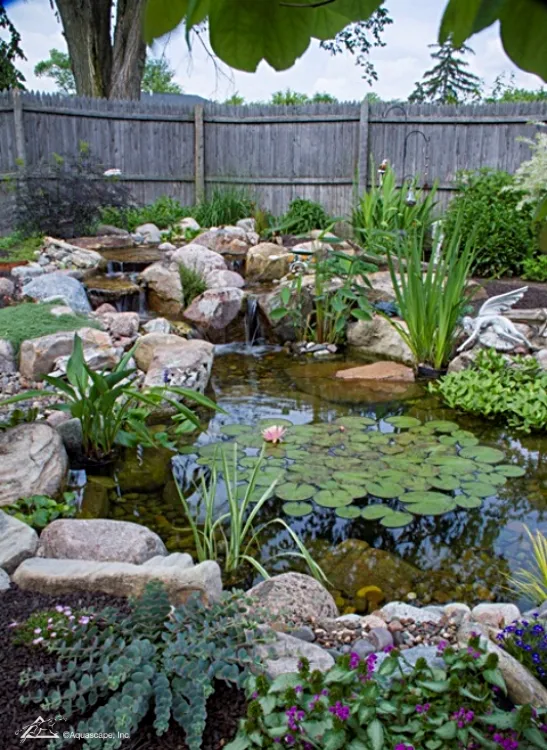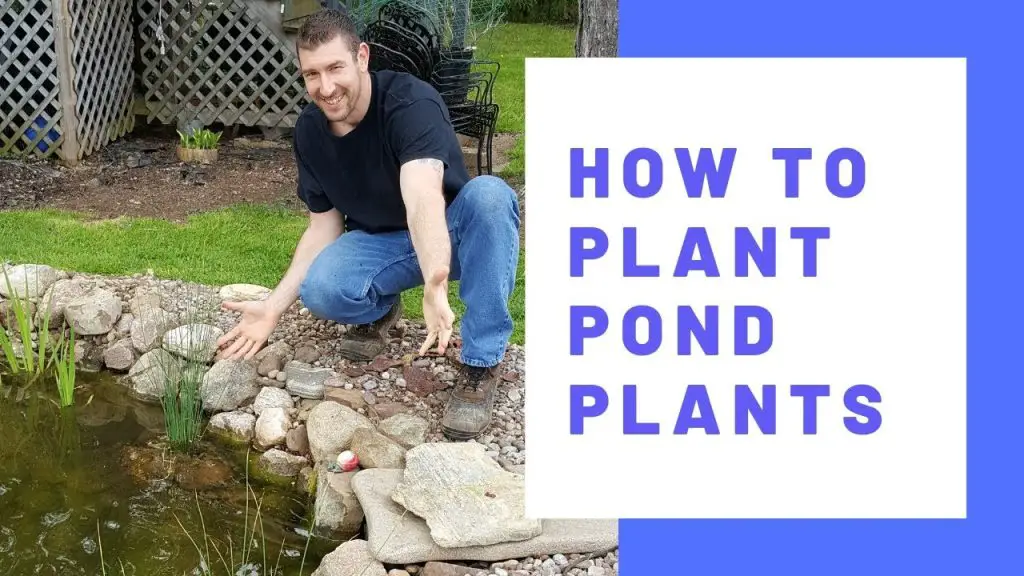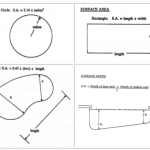Welcome to our guide on growing pond plants! Whether you’re a seasoned pond enthusiast or a beginner looking to add some greenery to your aquatic oasis, this article will provide you with all the information you need to successfully cultivate pond plants. From selecting the right plants to caring for them, we’ve got you covered.
Choosing the Right Pond Plants
Before you start growing pond plants, it’s essential to choose the right ones for your specific pond environment. Consider factors such as sunlight exposure, water depth, and the overall size of your pond. Here are some popular pond plants that you can consider:
- Water Lilies: These floating plants are not only beautiful but also provide shade and oxygen to your pond.
- Lotus: Known for their stunning flowers, lotus plants are perfect for larger ponds with ample sunlight.
- Cattails: These tall, reed-like plants thrive in shallow water and add a natural look to your pond.
- Water Hyacinth: These floating plants have lovely purple flowers and help in filtering water in your pond.
Planting Pond Plants
Once you have selected the right pond plants for your pond, it’s time to plant them correctly. Follow these steps to ensure your plants thrive:
- Choose the Right Containers: Use specialized pond plant containers with no holes or mesh to prevent soil from escaping.
- Planting Depth: Different plants require different planting depths, so be sure to follow the instructions for each plant.
- Use Aquatic Soil: Opt for a nutrient-rich aquatic soil to provide your plants with the necessary nutrients.
- Fertilize Sparingly: Depending on the plant type, consider using a slow-release fertilizer to promote healthy growth.
Caring for Pond Plants
Proper care is essential to ensure your pond plants thrive and remain healthy. Follow these tips to care for your pond plants effectively:
- Regular Pruning: Trim dead leaves and flowers to encourage new growth and maintain the overall health of the plant.
- Monitor Water Quality: Regularly check the water quality in your pond to ensure it is optimal for plant growth.
- Control Algae: Algae can hinder the growth of pond plants, so consider using algae control methods to keep it in check.
- Winter Care: In colder climates, move sensitive plants to deeper parts of the pond to protect them from freezing.

Credit: www.aquascapeinc.com
Benefits of Growing Pond Plants
There are numerous benefits to growing pond plants beyond just their aesthetic appeal. Here are some advantages of incorporating pond plants into your aquatic environment:
- Natural Filtration: Pond plants help filter out impurities and excess nutrients from the water, improving water quality.
- Shade and Oxygen: Plants provide shade for fish and other aquatic life, while also releasing oxygen during photosynthesis.
- Habitat for Wildlife: Pond plants create habitats for insects, frogs, and other wildlife, fostering a balanced ecosystem.
- Reduced Algae Growth: By competing for nutrients, pond plants help reduce the growth of algae, keeping your pond clear.

Credit: www.waterfeaturedesign.co.uk
Conclusion
Growing pond plants is a rewarding experience that not only enhances the beauty of your pond but also contributes to its overall health. By selecting the right plants, planting them correctly, and providing proper care, you can create a thriving aquatic environment that both you and your pond inhabitants will enjoy. So, roll up your sleeves, get your hands dirty, and start growing pond plants today!





